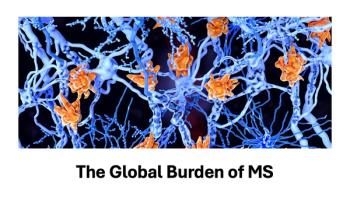
Study: HIV PrEP drug may be 100% effective
Pre-exposure prophylaxis (PrEP) may prevent HIV infection, according to a study published in Clinical Infectious Diseases. It is one of the first and largest published evaluations of the use of PrEP to prevent HIV infection in a clinical practice setting.
Pre-exposure prophylaxis (PrEP) may prevent HIV infection, according to a
In 2012,
In the study, researchers at Kaiser Permanente found no new HIV infections among patients taking Truvada during more than 2.5 years of observation.
Related:
“This study shows that PrEP can play a key role in preventing new HIV infections in a large healthcare system. Health plans should work to ensure that their members at risk for HIV have access to this important medication,” said coauthor
Over the 32-month observation period at
Of 143 patients who were asked about behavior change after 6 months of PrEP use, the number of sexual partners was unchanged in 74%, decreased in 15%, and increased in 11%. Condom use was unchanged in 56%, decreased in 41%, and increased in 3%.
At 6 months after initiation, 30% of PrEP users had been diagnosed with at least 1 sexually transmitted infection, or STI. At 12 months, 50% of PrEP users had been diagnosed with any STI; 33% had a rectal STI, 33% had chlamydia, 28% had gonorrhea, and 5.5% had syphilis. The authors said that patients on a PrEP regimen should be tested frequently for STIs and monitored closely for HIV infection, as well as for side effects of Truvada, including changes in kidney function.
While researchers observed that demand for PrEP is growing among men who have sexual encounters with men, they also underscored the need for outreach to others at risk for HIV, including transgender women, heterosexual men and women, and people using injection drugs.
Read next:
Newsletter
Get the latest industry news, event updates, and more from Managed healthcare Executive.






















































